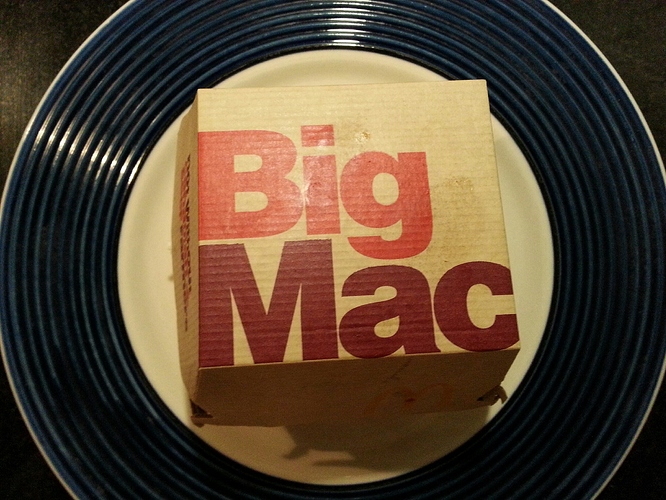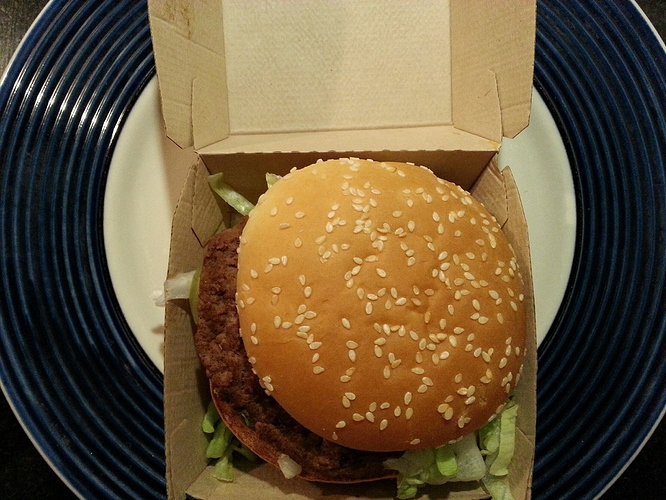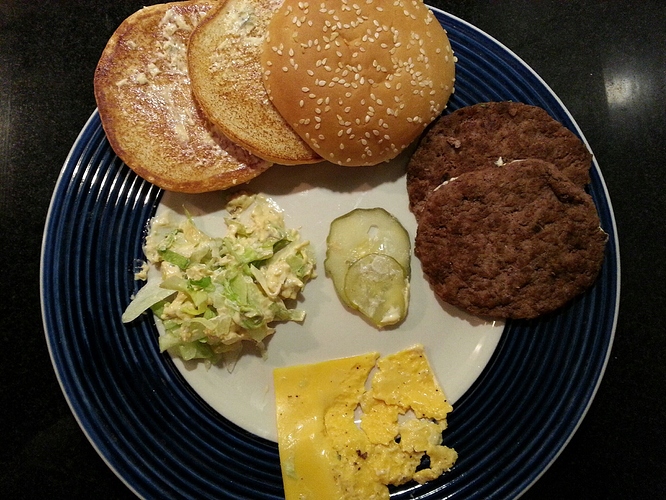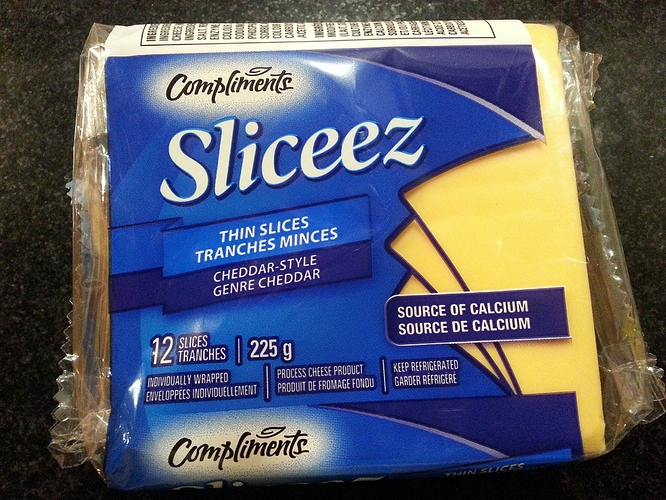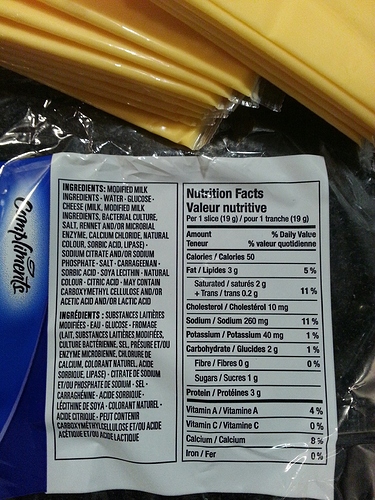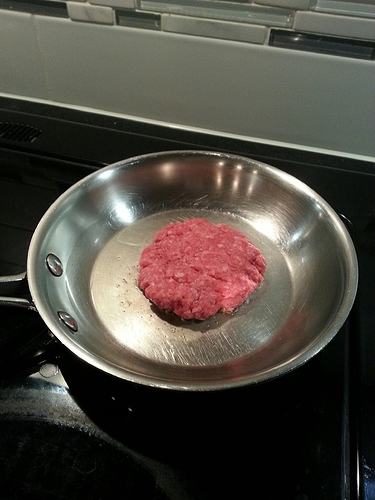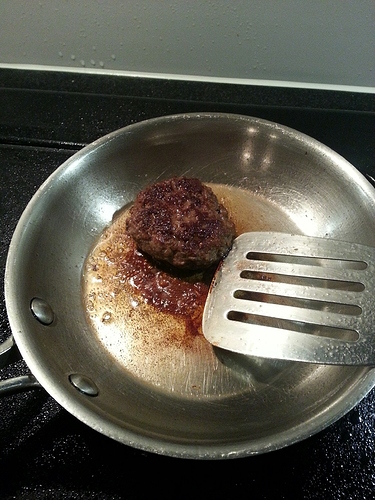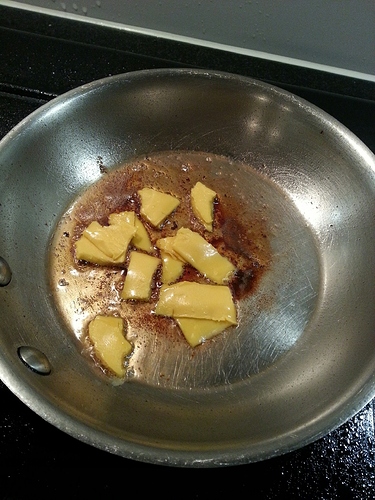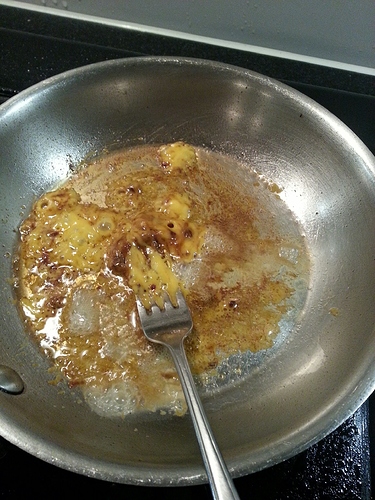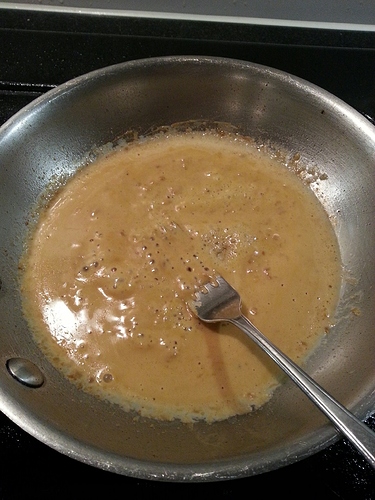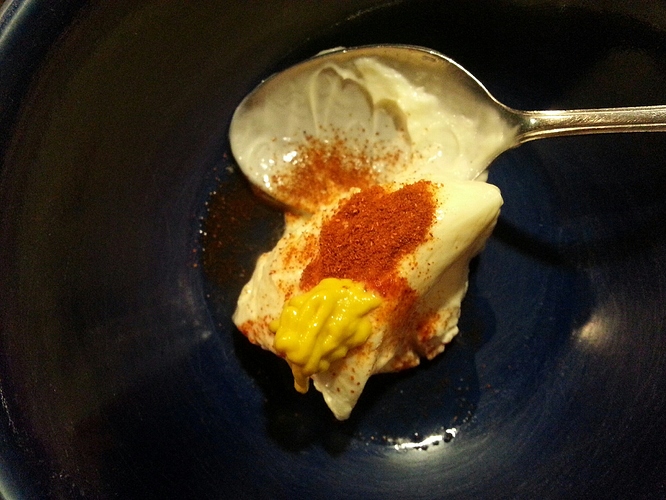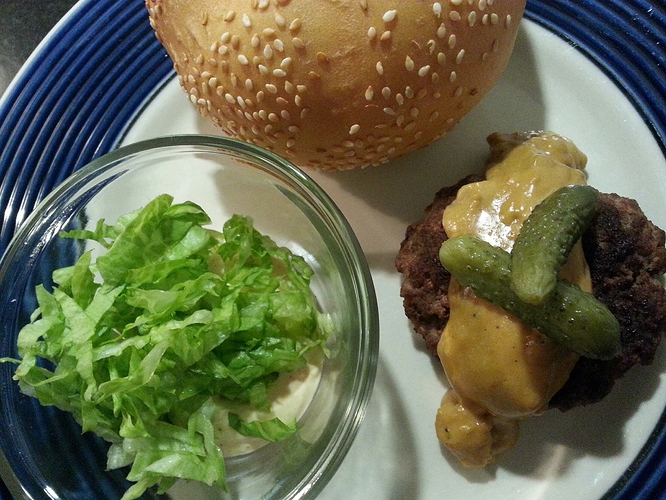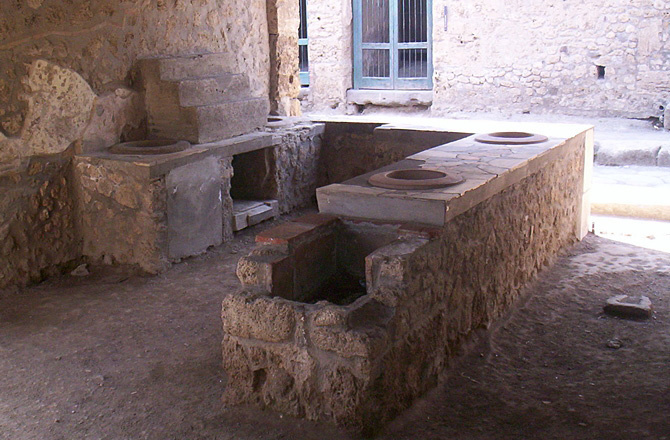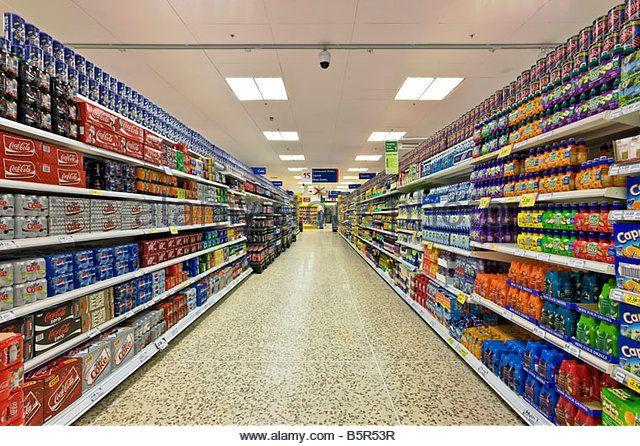When root cause of problems are not clear, there is slim chance at creating a solution that works. I often see fast food chains take the blame for escalation of diabetes and obesity, while the government’s Food Pyramid and other atrocities go free of adequate scrutiny.
To that end, I embarked on a thought experiment surrounding the Big Mac - the world’s most popular fast food item. First, I wanted to dissect it completely, to see exactly what all the components were. This was followed by recreating a homemade meal, to see if it warrants the same negative reaction that the Big Mac seems to receive by dieticians and nutritionists. Lastly, I make a change to the homemade Big Mac reconstructed meal, to make it keto, so as to isolate which components needed the appropriate facelift to comply with low carb and high fat specifications.
So, here is what I started with
The Big Mac hamburger was removed from its package
I tried my best to separate its components. The cheese had melted, so it was the most difficult part to separate
So, I started putting together a homemade plate of food, using same (as much as possible) ingredients. The cheese was the first part - I had to procure it from the grocery store
I was not too worried about the ingredients. Certainly, I would prefer a cheddar, or other full dairy cheese, but I was not concerned with the list of ingredients, and the carbs was still quite low. The citrate in the list of ingredients also gave me the idea that I should take advantage of its gooey melting ability - I made a mental note of that to use for later
So, the first thing I started to cook was a beef patty, seasoned with salt and pepper
Then I noticed the nice fond the patty made, which got me thinking about how to make a gravy
After removing the patty, I added one slice of the cheese slice, torn into pieces for a quick melt
I also added a bit of water to make a cheesy gravy
And this is what I got in the end
I also had to recreate the “secret sauce”, and when I tasted it, I thought it should be made up of mayo, paprika, yellow mustard, pickle juice, salt
This was my final plating. On the top, I added a kaiser white bread roll with sesame seeds that I procured at the grocery store. On the right, the patty with cheesy gravy, and two mini pickles. On the left, the “secret sauce” topped with some shredded iceberg lettuce. Basically, this was equivalent to the Big Mac.
Isn’t it interesting how if a mother or father prepares this meal for their child, it is considered “real homemade food”, and otherwise if they instead buy their child a Big Mac it is “fast food” (i.e. junk)?
Ok, to take it to the next level, I then had to think about what needs to be done to convert it into healthy keto meal. I removed the bun, and replaced it with a half avocado. I kept the sesame seeds 
So, can we really blame MacDonalds (or other fast food chain) for “unhealthy” food? The component I removed from the homemade Big Mac plate was the white bread bun (which is featured as the main component of a “healthy” meal at the bottom of the food pyramid). How can Big Mac be blamed for that?

